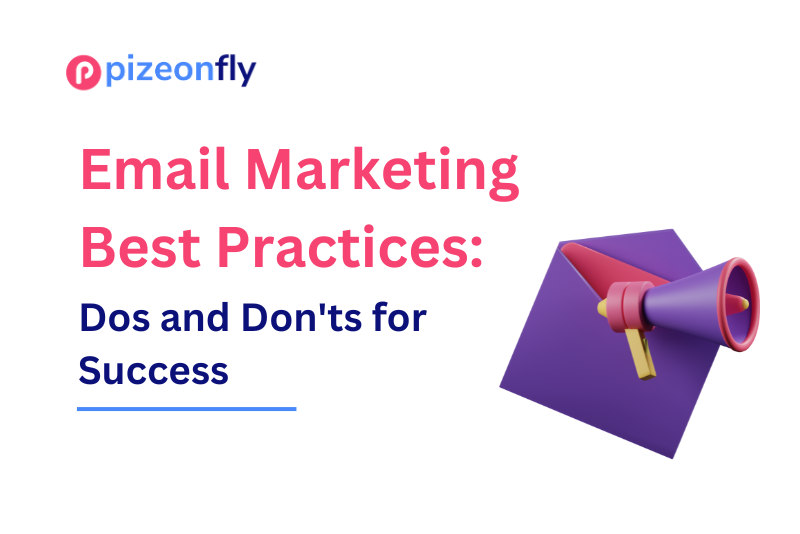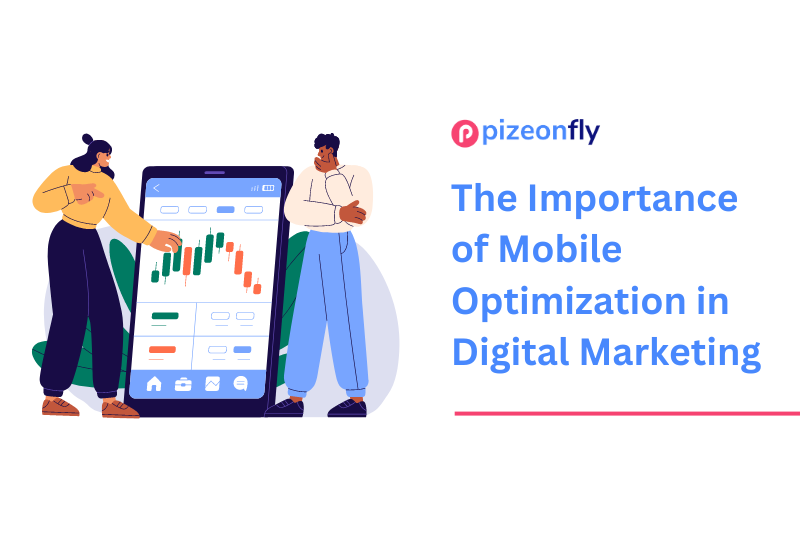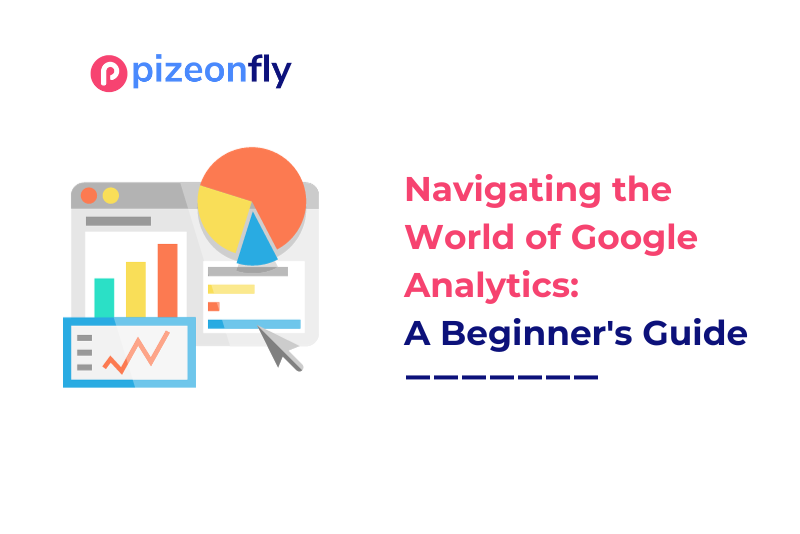How to Use Video Marketing to Boost Engagement and Conversions?
May 16, 2023
Email Marketing Best Practices: Dos and Don’ts for Success
July 26, 2023Introduction:
In the vast landscape of digital marketing, content is the driving force that can make or break your blog’s success. Crafting a winning content strategy is essential to captivate your audience, boost organic traffic, and establish your brand authority. With the right approach, you can create compelling content that not only engages readers but also enhances your search engine optimization (SEO) efforts. In this blog post, we will explore the key elements of a winning content strategy and how you can implement them to achieve optimal results.
- Define Your Target Audience:
Before diving into creating content, it’s crucial to identify your target audience. Understanding who your readers are will enable you to tailor your content to their needs and interests. Conduct market research, analyze your existing audience demographics, and develop buyer personas to gain a clear picture of your ideal readers. This information will serve as a foundation for creating relevant and valuable content that resonates with your target audience.
- Conduct Keyword Research:
Keywords are the backbone of SEO, and incorporating them strategically into your content can significantly improve your search rankings. Conduct thorough keyword research to identify relevant keywords and phrases that align with your blog’s niche. Use tools like Google Keyword Planner, SEMrush, or Moz Keyword Explorer to discover high-volume keywords with low competition. Integrate these keywords naturally into your content, including headings, subheadings, and throughout the body to increase visibility in search engine results pages (SERPs).
- Develop a Content Calendar:
Consistency is key when it comes to maintaining a successful blog. Developing a content calendar helps you stay organized, plan ahead, and ensure a consistent flow of engaging content for your readers. Map out your content ideas, assign publication dates, and identify any seasonal or timely topics you can cover. A well-planned content calendar allows you to maintain a steady stream of fresh content, keeping your readers engaged and coming back for more.
- Create Valuable and Engaging Content:
When it comes to content, quality trumps quantity. Your blog should provide valuable and engaging content that offers solutions, educates, entertains, or inspires your audience. Craft well-researched articles, tutorials, case studies, infographics, or videos that cater to your readers’ interests and pain points. Additionally, focus on readability by using subheadings, bullet points, and concise paragraphs to make your content easily scannable. Incorporate visuals, such as images or videos, to enhance the overall user experience and make your content more shareable.
- Incorporate Internal and External Linking:
Link building plays a vital role in improving your blog’s SEO performance. Incorporate internal links within your content to guide readers to related articles on your blog. This not only enhances the user experience but also helps search engines crawl and index your website more effectively. Additionally, consider incorporating external links to authoritative sources that support your claims and provide additional value to your readers. Building a network of high-quality internal and external links enhances your blog’s credibility and boosts your SEO efforts.
- Leverage Social Media Channels:
Social media platforms provide an excellent opportunity to promote your blog content, expand your reach, and engage with your target audience. Identify the social media channels that align with your blog’s niche and create profiles to share your content regularly. Encourage social sharing by incorporating social sharing buttons within your blog posts to make it easy for readers to share your content across their networks. Actively participate in relevant online communities and engage with your audience to build relationships and grow your blog’s visibility.
- Analyze and Optimize:
Continuous analysis and optimization are crucial to the success of your content strategy. Utilize analytics tools like Google Analytics to track important metrics such as page views, bounce rates, time on page, and conversion rates. Analyze this data to identify patterns, understand what content performs well, and identify areas for improvement. Optimize your content strategy based on the insights gained, making necessary adjustments to further enhance user engagement and improve SEO performance.
- Optimize Your Blog for Search Engines:
In addition to incorporating keywords into your content, it’s essential to optimize your blog for search engines. Pay attention to on-page SEO elements such as meta titles, meta descriptions, and URL structures. Craft compelling meta titles and descriptions that accurately represent your content and entice users to click through to your blog. Ensure that your URLs are descriptive and include relevant keywords. Additionally, optimize your images by using descriptive file names and adding alt tags. By optimizing these elements, you can improve your blog’s visibility in search engine results and attract more organic traffic.
- Prioritize Mobile Optimization:
With the rise of smartphones and tablets, mobile optimization has become more important than ever before. The majority of internet users access content through their mobile devices, and search engines prioritize mobile-friendly websites in their rankings. Ensure that your blog is responsive and mobile-friendly, providing a seamless user experience across different screen sizes. Optimize your website’s loading speed for mobile devices by compressing images, minifying code, and leveraging caching techniques. Mobile optimization not only improves user experience but also positively impacts your SEO performance.
- Incorporate Multimedia Elements:
Adding multimedia elements to your blog can significantly enhance user engagement and improve the overall user experience. Include relevant images, infographics, videos, or interactive elements within your content to make it visually appealing and informative. Visuals not only break up text but also help convey complex information in a more digestible format. Additionally, optimize your multimedia elements by compressing images, providing alt tags, and hosting videos on platforms that offer fast loading times. By incorporating multimedia, you can create a more dynamic and engaging blog that keeps readers coming back for more.
- Encourage User Interaction:
Building a community around your blog is an effective way to foster user engagement and loyalty. Encourage user interaction by enabling comments on your blog posts and responding to reader comments promptly. Ask questions within your content to stimulate discussions and invite readers to share their opinions or experiences. Engage with your audience through social media platforms and email newsletters to establish a connection and build trust. User interaction not only enhances the overall user experience but also signals to search engines that your blog is valuable and authoritative.
- Stay Updated and Evolve:
The digital marketing landscape is constantly evolving, and it’s crucial to stay updated with the latest trends and best practices. Continuously educate yourself about new content formats, SEO techniques, and emerging platforms. Keep an eye on industry news, follow influential blogs, and attend relevant webinars or conferences to stay ahead of the curve. By staying updated and evolving your content strategy, you can adapt to changing user preferences, leverage new opportunities, and maintain a competitive edge in the digital marketing space.
Conclusion:
Creating a winning content strategy for your blog requires careful planning, audience understanding, and consistent execution. By defining your target audience, conducting keyword research, developing a content calendar, and creating valuable and engaging content, you can establish your blog as a reputable source in your niche. Incorporating internal and external linking, leveraging social media channels, and continuously analyzing and optimizing your strategy will further boost your blog’s visibility and ensure its long-term success. Implement these key elements, and you’ll be on your way to creating a winning content strategy that drives traffic, engages readers, and enhances your brand’s authority.




